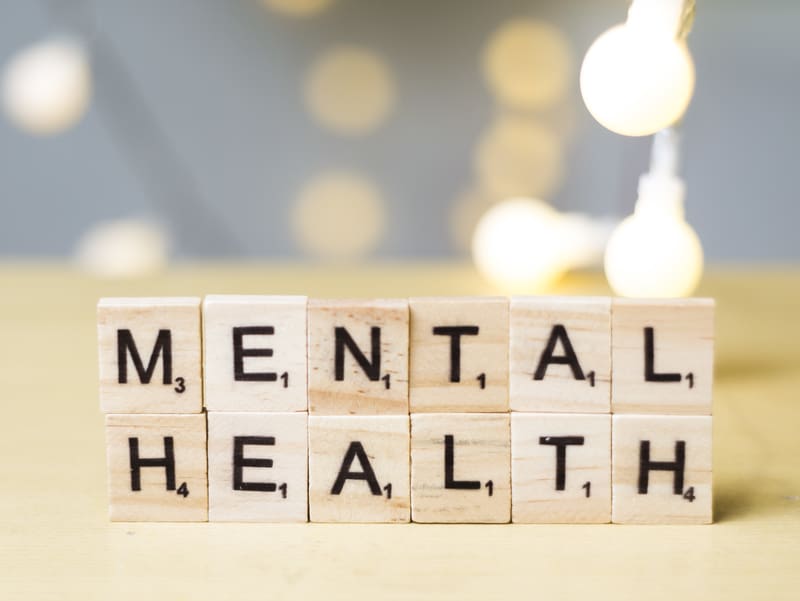
The Power of Mindfulness: Integrating Meditation and Mindfulness Techniques Into Your Mental Health Routine for Lasting Well-being
In today’s fast-paced world, it can be challenging to find moments of stillness and focus amidst the noise and distractions that surround us. Mindfulness, a practice rooted in ancient meditation techniques, has gained increasing attention as an effective tool for promoting mental well-being and overall health. By cultivating a state of present-moment awareness, mindfulness enables us to develop greater self-awareness, emotional regulation, and resilience in the face of life’s challenges. In this article, we will explore the power of mindfulness and discuss how integrating meditation and mindfulness techniques into your mental health routine can lead to lasting well-being.
The Science Behind Mindfulness
Numerous studies have demonstrated the benefits of mindfulness on mental health and well-being. Research has shown that regular mindfulness practice can help reduce stress, anxiety, and depression, while also improving emotional regulation, cognitive function, and overall life satisfaction. These benefits can be attributed to changes in brain structure and function, including increased activity in areas responsible for attention, emotional regulation, and self-awareness, as well as a reduction in the size of the amygdala, which is responsible for processing fear and stress-related emotions.
Meditation and Mindfulness Techniques
There are several meditation and mindfulness techniques that can be incorporated into your mental health routine. One such technique is mindfulness meditation, where you concentrate your attention on a particular object or sensation, like your breath, and gently redirect your focus whenever your mind drifts away. This practice can be done while sitting, lying down, or even while walking.
Another technique is body scan meditation, where you systematically shift your attention to different parts of your body, observing any sensations or tension present, and releasing any tension as you progress through each area.
Loving-kindness meditation is another method that involves directing your focus towards cultivating feelings of love, compassion, and kindness for yourself and others. This is done by silently repeating phrases like “May I be happy, may I be healthy, may I be safe.”
Additionally, there are informal mindfulness practices that involve bringing awareness to everyday activities, such as eating, washing dishes, or walking. These practices involve fully immersing yourself in the sensations and experiences associated with the task at hand.
Tips for Integrating Mindfulness into Your Daily Routine
When it comes to integrating mindfulness into your daily routine, there are several helpful tips to consider. To begin, start small by dedicating a few minutes each day to mindfulness practice, gradually increasing the duration as you become more at ease with the techniques.
It’s also important to establish a consistent schedule, setting aside a specific time for your mindfulness practice, whether it’s in the morning or before bedtime. Find a quiet and comfortable space where you can practice without any distractions.
During your practice, be patient and compassionate with yourself, acknowledging that mindfulness is a skill that requires time to develop. It’s completely normal for your mind to wander, so gently bring your focus back without any judgment whenever you notice your thoughts drifting away.
The power of mindfulness lies in its ability to cultivate greater self-awareness, emotional regulation, and resilience, ultimately promoting lasting well-being. By integrating meditation and mindfulness techniques into your mental health routine, you can experience the numerous benefits associated with this practice, including reduced stress, anxiety, and depression, as well as improved cognitive function and life satisfaction. Remember to start small, be consistent, and practice patience and compassion with yourself as you embark on your mindfulness journey.
TMS therapy is a safe treatment that can alleviate depression symptoms. Click here to learn more about the treatment offered at TMS Clinics of Canada.













